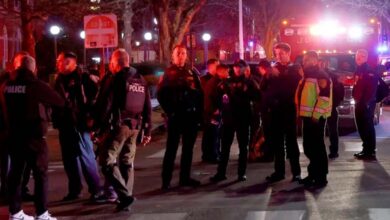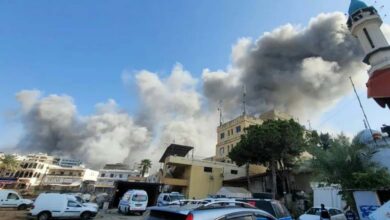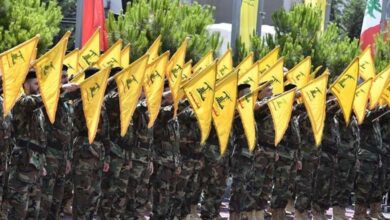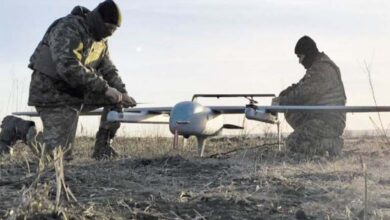The United States sets a timeline for deploying the Gaza Force and disarming Hamas
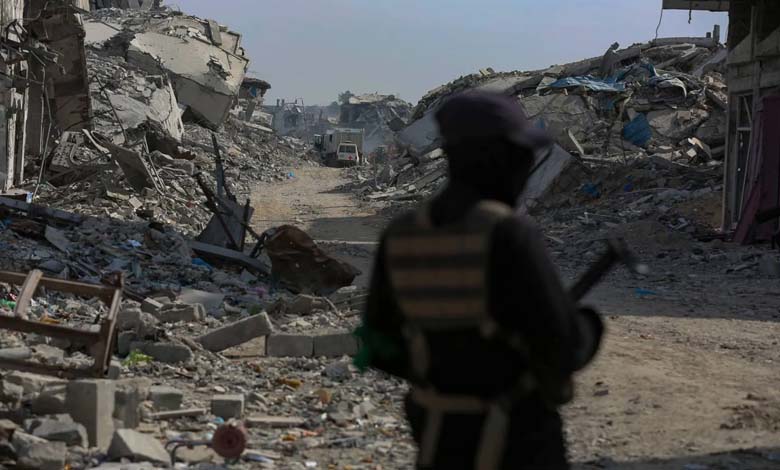
The United States has set mid-January as the date for the beginning of the deployment of the international stability force in the Gaza Strip.
Israeli Channel 14 reported: “According to the timeline set by the US administration, the first contingent of soldiers from the International Stability Force (ISF) is expected to arrive in the Gaza Strip in mid-January, that is, in about a month and a half.”
It added: “The advance force is expected to deploy in the Rafah area, and Israeli army soldiers are already clearing mines and explosive remnants in the relevant zones.”
-
Behind the scenes of the international force in Gaza: full details revealed
-
Gaza Donation Theft… The behind-the-scenes tensions within Hamas
It continued: “Furthermore, a senior official at the US headquarters in Kiryat Gat set the end of April as the deadline for completing the disarmament process in the Strip.”
The newspaper considered that “both objectives, especially the second, are highly ambitious, as well as disconnected from the situation on the ground.”
It indicated that “the Rafah area is under the control of the Israeli army, outside the territories controlled by Hamas in the Gaza Strip, and therefore it is not unreasonable to expect the first foreign soldiers to take their positions in the Strip within fifty days.”
-
Waqf al-Umma… A donation campaign for Gaza exposes a “Brotherhood scandal” involving the embezzlement of aid
-
CIA Information on Israel’s Alleged Use of Gazans as Human Shields
Washington’s patience with Tel Aviv is running out
For its part, Yedioth Ahronoth stated that “the patience of the United States has run out as Israeli leaders remain divided over the next phase of the Gaza ceasefire.”
It added: “Washington is pressuring Israel to move toward the second phase of the Gaza agreement, but Israel insists on retrieving the two remaining hostages first; meanwhile, efforts to assemble a stability force led by Islamic states are stalling, giving Turkey and Qatar greater influence.”
It continued: “With the return of the body of hostage Dror Or, Hamas now holds the remains of two other captives: Sergeant First Class Ran Gvili and Thai citizen Sudthisak Rienthalak. Israel appears closer than ever to entering the second phase of the agreement, under increasing American pressure, but Israeli officials maintain that they will not proceed with President Donald Trump’s twenty-point plan without the return of all captives.”
-
Israel Reopens Zikim Crossing to Allow Humanitarian Aid into Gaza
-
The International Force in Gaza: Cautious Concessions Open a Window for Consensus
It indicated that “the search for the bodies is ongoing but not intensive; an informed Israeli official described them as ‘quiet searches’.”
It added: “Israel continues to pressure Hamas to locate and return the remains, refusing to reopen the Rafah crossing, expand humanitarian aid to Gaza, or discuss further withdrawals from what is known as the yellow line.”
It stated: “Israel’s message is clear: unless the remaining bodies are returned, no progress will be made on other aspects of the plan.”
-
The coexistence of opposites in Gaza: life pulsing among the dead
-
Ruling Gaza Until 2027: Details of the U.S. Draft Resolution at the UN Security Council
Officials describe the stalemate surrounding the issue and affirm that once the remains of Gvili and Rienthalak are recovered, Israel will begin discussions on various aspects of Gaza’s reconstruction, more than two years after the war.
The newspaper highlighted that “another obstacle to moving forward with the second phase is the group entrenched in tunnels under Rafah.”
It added: “Israel has shown readiness to allow them safe passage to a third country, but no country has agreed to receive them. A few dozen fighters remain in the area. In several cases, they emerged from the tunnels – some were shot, others surrendered. On Wednesday alone, four were killed after emerging from a tunnel in Rafah.”
-
Hamas Fighters Inside the Yellow Line: A New Test for the Gaza Ceasefire
-
Unexploded ordnance: a silent terror haunts Gaza after the war
The challenge of the international stability force
The newspaper explained that “the United States continues its preparations for the second phase of the agreement, but progress is hindered mainly by difficulties in forming the international stability force.”
It added: “So far, only a few Arab and Islamic countries have agreed to contribute the thousands of soldiers needed to take responsibility for Gaza from the Israeli army.”
It noted: “Azerbaijan initially expressed willingness to send forces, but seems to have reversed its position – possibly under pressure from Turkey, which is said to be seeking to fill the vacuum itself by deploying troops in Gaza. Israel strongly opposes the deployment of forces from Turkey or Qatar, both hosting senior Hamas leaders, but is open to forces from Azerbaijan and Indonesia.”
-
Secret U.S. Report: Hundreds of Israeli Violations in Gaza Under Investigation
-
Safe Corridor… Details of a New US Offer to Hamas in Gaza
An informed Israeli official said: “There is no progress currently in assembling the stability force; it is unclear when the first soldiers will arrive in the region. In any case, they will need training and preparation before deployment. This is the main issue the Americans must resolve.”
The official added that the prevailing assumption in Israel is that if the stability force fails to disarm Hamas, Israel will have to do it itself.
For its part, Hamas continues to oppose disarmament, offering only to relinquish heavy weaponry.
-
Israeli raids on Gaza: the heaviest loss of life in a single night since the ceasefire
-
After the Truce… a Silent Enemy Threatens Gaza
The Israeli official said: “For Israel, this is completely unacceptable. We insist on full disarmament.” Behind the scenes, other ideas are being explored, such as integrating Hamas elements into the Palestinian security forces that would take positions in Gaza after the war.
According to the newspaper, “a major question now facing Israeli officials is what will happen if the remains of the remaining hostages are not located. Will Israel agree to proceed to the second phase of the agreement? This issue has sparked disagreement at the highest levels, including during a recent meeting of the security cabinet. Officials acknowledge that a point is approaching where Israel may no longer be able to block the advancement of the US plan for Gaza.”
-
New Gaza between American Opportunity and Palestinian Fears
-
Harsh living and the specter of war: Gaza’s exhausted residents still suffering
It added: “According to sources, US officials are preventing Israel from imposing new sanctions on Hamas at this stage, which Israeli officials say allows the movement to stall.”
One official said: “The United States is losing patience, and we may soon see increased American pressure on Israel.”



